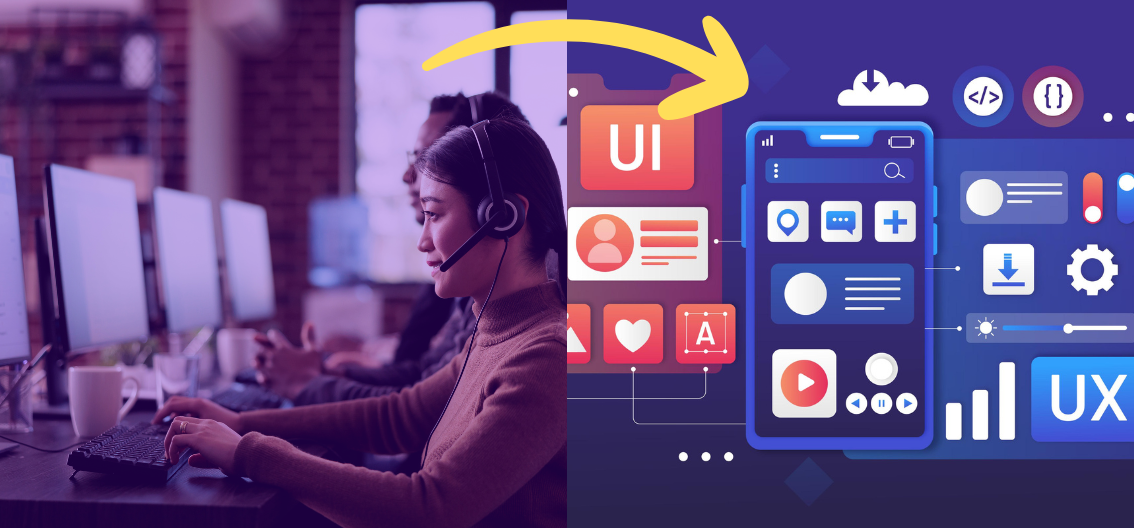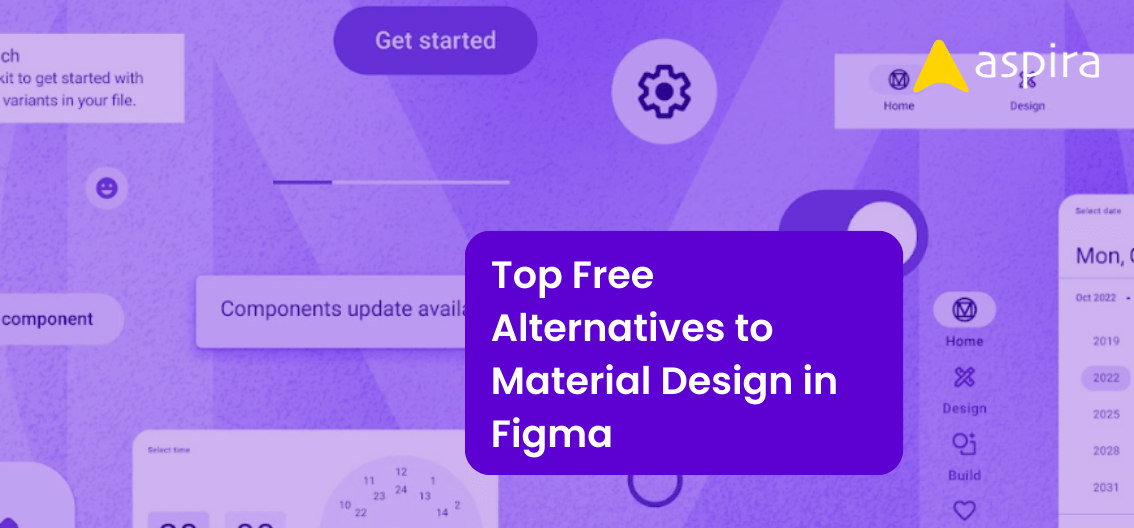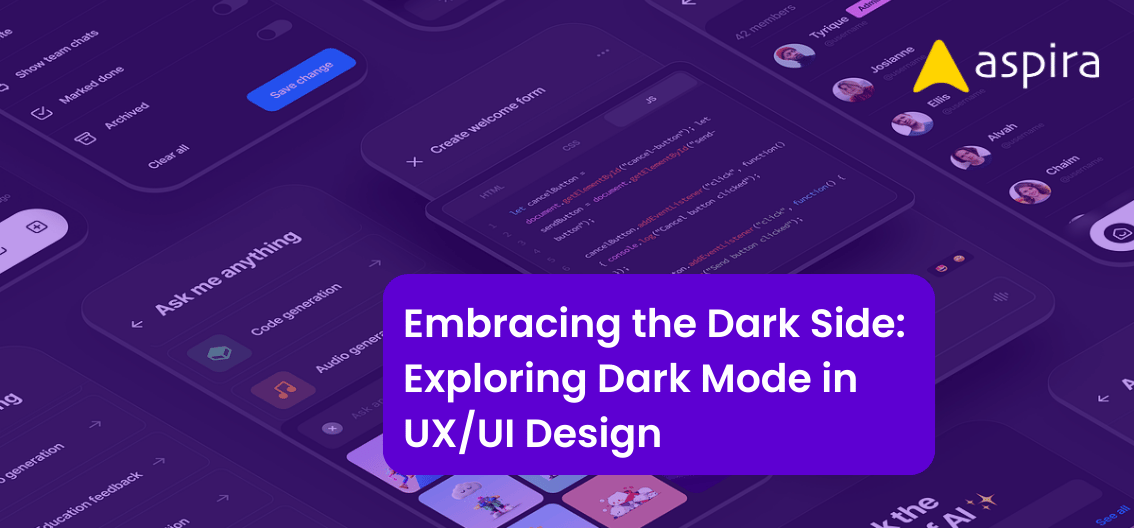UX Design - Mentor & Author.
6 Mar, 2024

Embarking on a career transition can be a daunting task, but it’s also an exciting opportunity for personal and professional growth. This shift might seem unconventional at first, but the skills developed in customer support can be invaluable in the world of UX design. In this article, we’ll explore the key differences and similarities between these two domains and provide insights on how to successfully make the transition.
Reasons to Switch from Customer Support to UX Design

Creative Problem-Solving:
UX design offers a dynamic environment where professionals can engage in creative problem-solving. Shifting from reactive customer support to proactive design allows individuals to address user issues at the conceptual stage, fostering innovation and novel solutions.
Influence on Product Development:
Transitioning to UX design provides an opportunity to be involved in product development from its inception. Unlike customer support, UX designers shape products proactively, anticipating and addressing user needs, playing a more impactful role in development.
Personal Growth and Career Advancement:
UX design offers a pathway for personal growth and career advancement. Professionals seeking new challenges and the chance to lead impactful projects can find fulfillment in the strategic and forward-thinking nature of UX design.
Differences between Customer Support and UX Design
Focus Stage: Customer Support Primarily post-launch, addressing queries and troubleshooting. Whereas UX Design From the conceptual stage, creating a seamless user experience from the beginning.
Nature of Work: The nature of work in customer support is reactive, involving the addressing of existing issues. Contrary to customer support, UX design proactively shapes the product to anticipate and meet user needs.
Problem-Solving Approach: In customer support, problems are addressed reactively, while in UX design, creative problem-solving comes into play at the conceptual stage.
Common Aspects
Communication Skills: Both domains require effective communication skills to understand and address user needs.
Empathy: A deep understanding of user perspectives is crucial in both.
User-Centric Mindset: Both fields benefit from a focus on user needs and creating positive experiences.
Collaboration: Collaborative efforts are essential in both customer support and UX design to ensure a holistic approach.
How to Transition from Customer Support to UX Design
Open your path for learning: Understand your current skill set and be open to learning. Acknowledge that transitioning to UX design is a process, requiring humility to embrace being a beginner again.
Choose your path: Opt for a UX design bootcamp, university program, or self-taught learning based on your knowledge and preferences.
Gain Practical Experience: Apply your newfound skills by working on real-world projects or contributing to open-source initiatives. Practical experience is invaluable when transitioning to a new role.
Start building a UX Portfolio: Create a portfolio highlighting not just finished products, but also detailing your thought process, research, and decision-making. Inject personality, provide in-depth explanations, and highlight your unique creative approach.
Keep Learning: Understand that UX design is an ever-evolving field, and continual learning is essential. Embrace the collaborative nature of the UX design team by seeking support and growing alongside your colleagues.
Conclusion
Moving is a fulfilling journey. This change not only lets you use your current skills in a new way but also gives you good reasons to grow personally and professionally. Whether you’re inspired by solving creative problems, wanting to impact product development, or aiming for career progress, shifting from customer support to UX design promises a satisfying and rewarding career. Best of luck with your career switch, and enjoy your design work!


